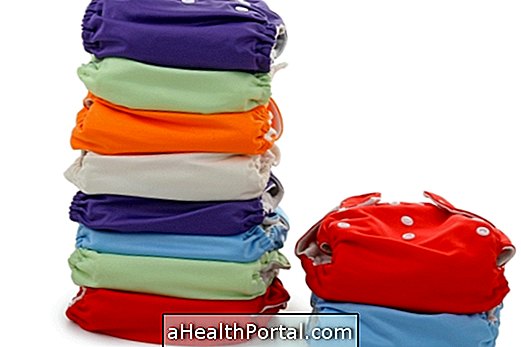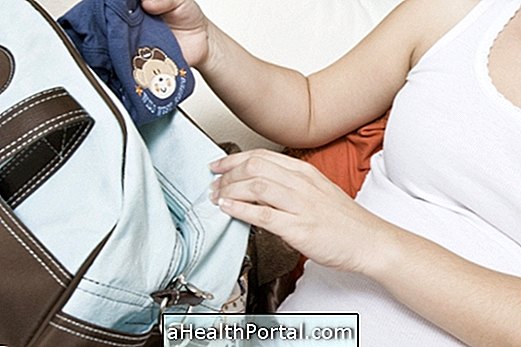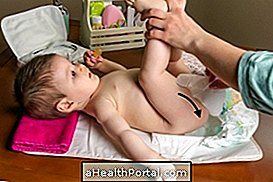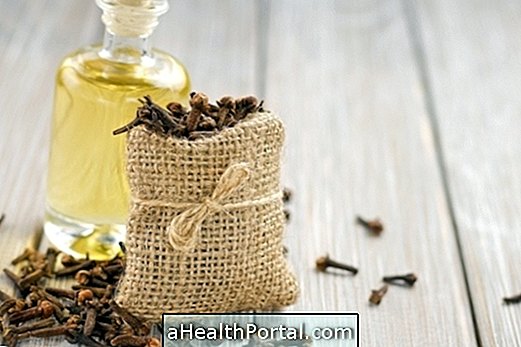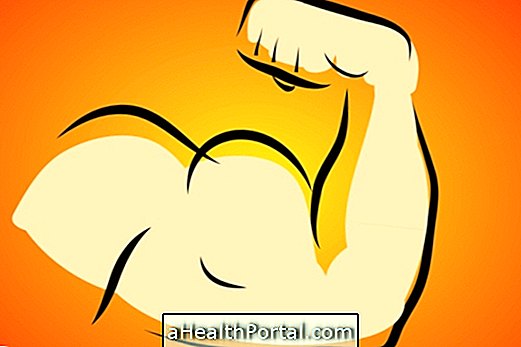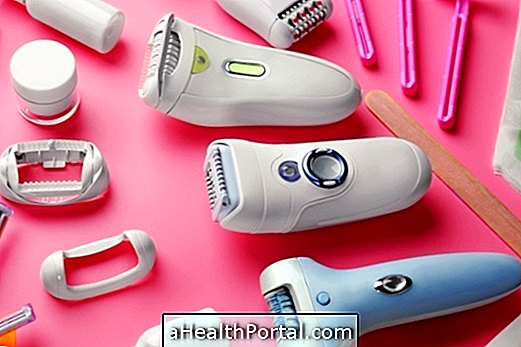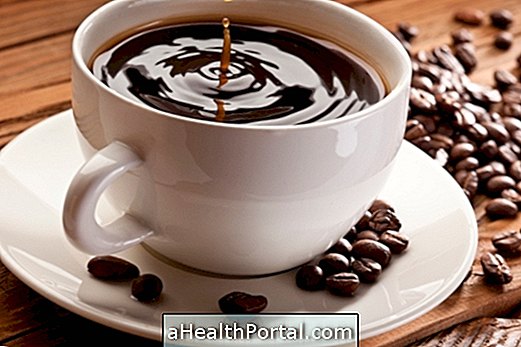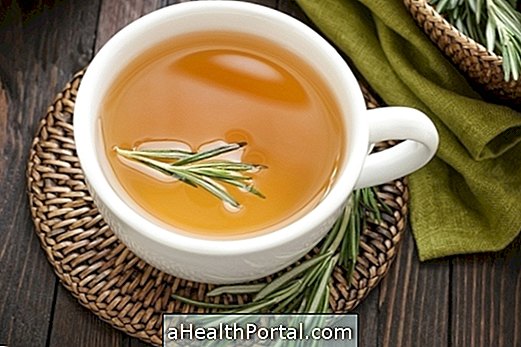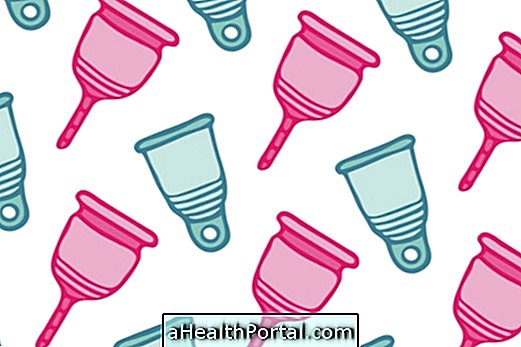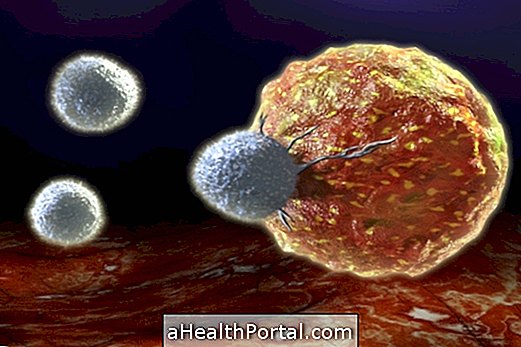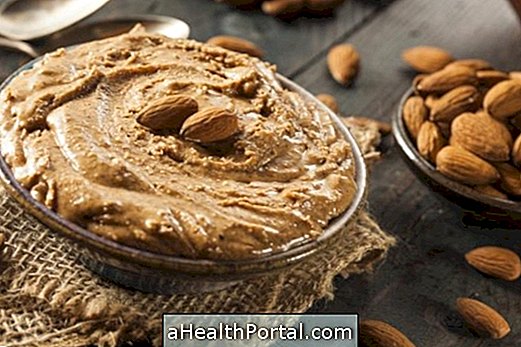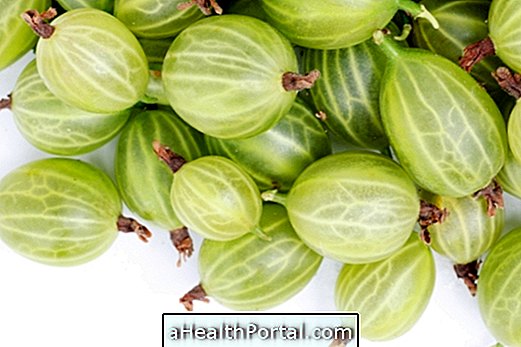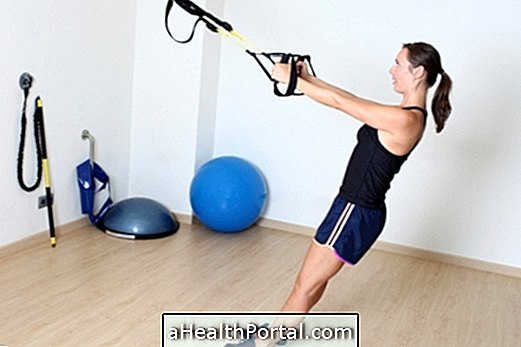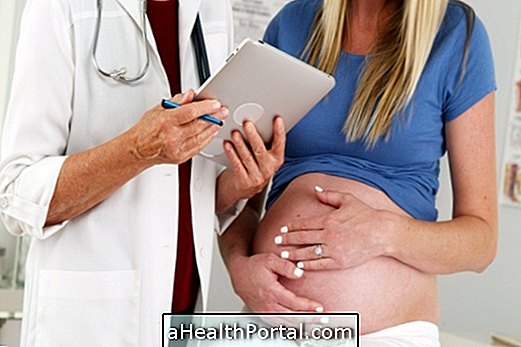To clean the bottle, especially the silicone nipple and the baby's pacifier, you can first wash with hot water, detergent and a self-contained brush that reaches the bottom of the bottle to remove any visible residue. sterilize with boiling water to kill the odor-causing germs.
Thereafter the plastic containers may be soaked in a basin for 1 hour with:
- Water enough to cover everything;
- 2 tablespoons bleach;
- 2 tablespoons baking soda.
After that, you should wash everything with clean running water. This will leave everything well clean, removing the yellowish color of the bottle and the pacifier, leaving everything well clean and transparent again. But in addition, it is still important to sterilize everything by completely eliminating all germs, the bottle and the pacifier. Here are 3 ways to do this:
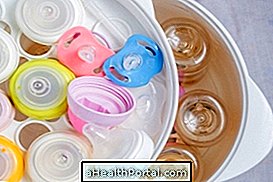

1. In the pan of boiling water
Put the bottle, the bottle nipple and the pacifier in a pan and cover with water, leading to the fire to boil. After the water starts to boil, it should be left on the fire for another 5 to 10 minutes, then one should put everything to dry naturally, on top of a sheet of kitchen paper.
You should avoid drying the baby's utensils with any type of cloth, so that micro-organisms do not contaminate and lint the fabric on objects. After natural drying, you should keep the bottle and the nozzles, without closing them completely, inside the kitchen cabinet.
2. In the microwave
To deeply clean the bottle and pacifier in the microwave, you have to place everything inside a glass bowl, a microwave-safe plastic container or a microwave sterilizer, which you can buy at pharmacies or convenience stores. babies and children.
The procedure is done by placing the utensils in the container and covering them with water, leading to the microwave at full power for about 8 minutes, or according to the product manufacturer's orientation.
Then the baby bottles, nipples and pacifiers should be dried naturally on a sheet of kitchen paper.
3. In the electric sterilizer
In this case, one should follow the manufacturer's directions, which comes in the product box. In general, the procedure takes about 7 to 8 minutes, and the device has the advantage of wearing down the objects less, extending its life. After the process, utensils can be left to dry in the appliance itself before being stored in a tightly closed container.


How often should you sterilize
Sterilization of pacifiers and bottles should always be done before use for the first time and should be done once a day until the first year of life or whenever they fall on the floor or come into contact with dirty surfaces.
This procedure is important to prevent the development of microorganisms in the baby's nipples, pacifiers and baby bottles, which can end up causing problems such as intestinal infections, diarrhea and cavities, as children are fragile and do not have a fully developed immune system.
A good tip is to have at least 2 to 3 baby bottles and pacifiers the same so that when one is soaking or being sterilized, the other can be used.
What not to do
Some forms of cleaning that are advised against cleaning the baby's bottle and pacifier are:
- Wash these containers with soap powder, because it is a very strong product and that will leave flavor in the bottle and the pacifier;
- Leave everything to soak in a bowl, but do not keep everything covered by water. Placing a dish on top of everything can guarantee that everything is really soaked;
- Wash the bottle and pacifier in the dishwasher with other kitchen utensils because it may not be properly cleaned;
- Leave the bottle soaked only with water and a little detergent with the lid turned in on top of the kitchen sink all night;
- Dry the baby's bottle and pacifier with a dish towel because it can become linty that the child can swallow;
- Keep these objects still wet or damp inside the kitchen cabinet because they can facilitate the proliferation of fungi that are not seen with the naked eye.
It is also not recommended to clean the bottle and pacifier only once a month or once a week because there are traces of milk and saliva that promote the proliferation of microorganisms that cause illness in the baby.
How to Clean Styrofoam Bottles
In addition to the bottle and the pacifier, it is also important to clean the styrofoam, where the bottle is placed. In that case, you should wash it daily with a soft sponge, a little detergent and 1 tablespoon of baking soda, which will help remove all traces of milk and micro-organisms.
Then it should be allowed to dry naturally downwards, on top of clean dishcloth or preferably on top of a sheet of kitchen paper.
What kind of bottle and pacifier to buy
The best bottles and pacifiers are those that do not contain bisphenol A, also known as BPA, and some types of phthalates, which are substances released when these objects come in contact with the heat, and which may be toxic to the baby.
When the product does not have this type of substance, it is easy to recognize, because it is usually written in the box of these products that does not contain: DEHP, DBP, BBP, DNOP, DINP or DIDP. The same rule applies to all other objects of the child, such as plastic toys and rattles that she usually puts in her mouth.
